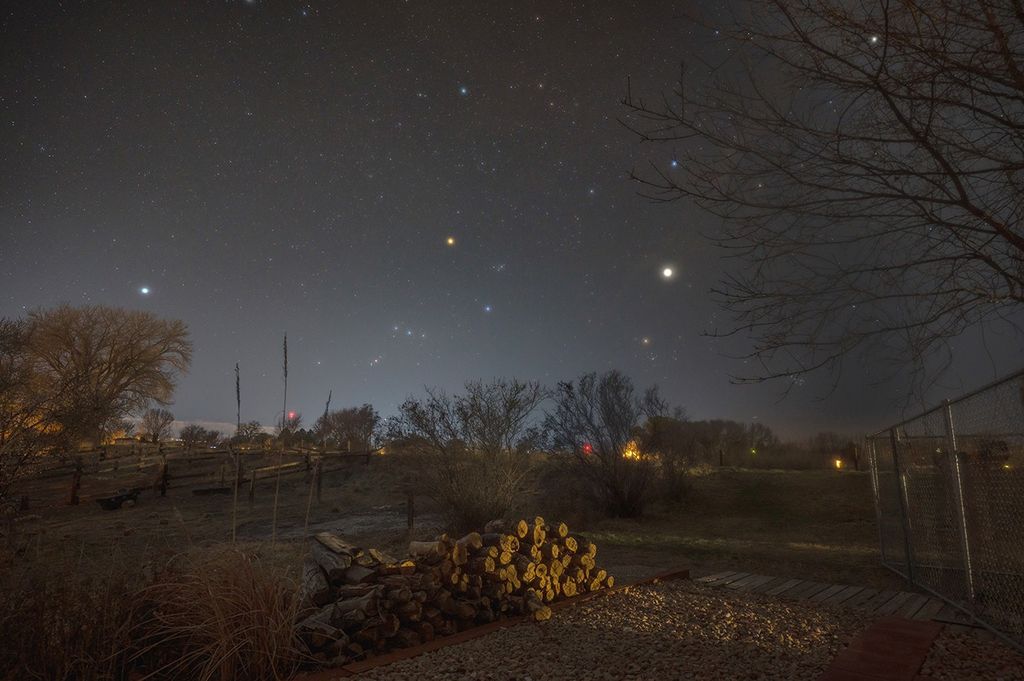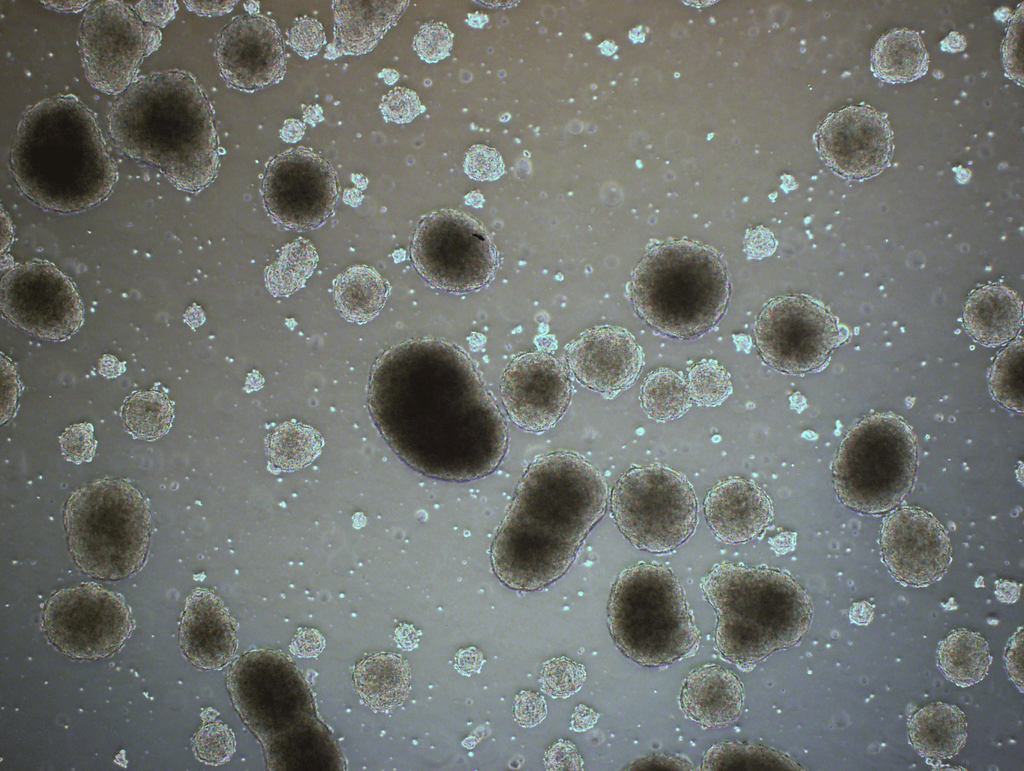Aerojet Rocketdyne developmental RS-25 engine No. 0525 is readied for installation on the A-1 Test Stand at Stennis Space Center on July 23 in preparation for another new hotfire series to support NASA’s Space Launch System (SLS) Program. Stennis is testing all RS-25 engines that will help power the SLS rocket, which is being built for missions beyond low-Earth orbit, carrying crew and cargo to the Moon and beyond. Four RS-25 engines, working in conjunction with a pair of solid rocket boosters, will power the SLS rocket at launch. The initial RS-25 engines are former space shuttle main engines, modified to provide the additional thrust needed for the larger, heavier SLS rocket.
Originally designed more than 40 years ago to provide a specific power level categorized as 100 percent thrust, the RS-25 version of the space shuttle main engine has been upgraded to operate at 111 percent of its original power. NASA has been testing RS-25 modifications and flight engines at Stennis since January 2015 in preparation for the Exploration Mission-1 (EM-1) and Exploration Mission-2 (EM-2) flights of SLS. EM-1 will test the capabilities of the new rocket and will carry an uncrewed Orion spacecraft into space beyond the moon. EM-2 will be the first flight to carry humans aboard the Orion spacecraft, returning astronauts to deep space for the first time in more than 40 years.
The next series of tests at Stennis is scheduled to begin mid-August. For the test, a new flight controller component will be installed on the RS-25 developmental engine and fired just as during an actual launch. The new flight controller is a major part of the RS-25 modifications, operating as the “brain” of the engine to help it communicate with the SLS rocket and to provide precision control of engine operation and internal health diagnostics. A total of 10 hot fires are scheduled for the test series, seven by the end of 2018 and three in the early part of 2019. Each will feature a flight controller that will be used on an actual SLS mission.
Each RS-25 test moves the agency closer and closer to its return to deep space exploration, to such destinations as the Moon and Mars. In addition to testing RS-25 engines and components for SLS flights, Stennis is preparing to test the actual core stage that will be used on the EM-1 mission. NASA has been modifying the B-2 Test Stand at Stennis for the core stage testing. The testing will involve installing the flight stage on the B-2 Test Stand and firing all four of its RS-25 engines simultaneously, as during a launch.
RS-25 tests at Stennis are conducted by a team of NASA, Aerojet Rocketdyne and Syncom Space Services engineers and operators. Aerojet Rocketdyne is the RS-25 prime contractor. Syncom Space Services is the prime contractor for Stennis facilities and operations.
Image Credit: NASA




























